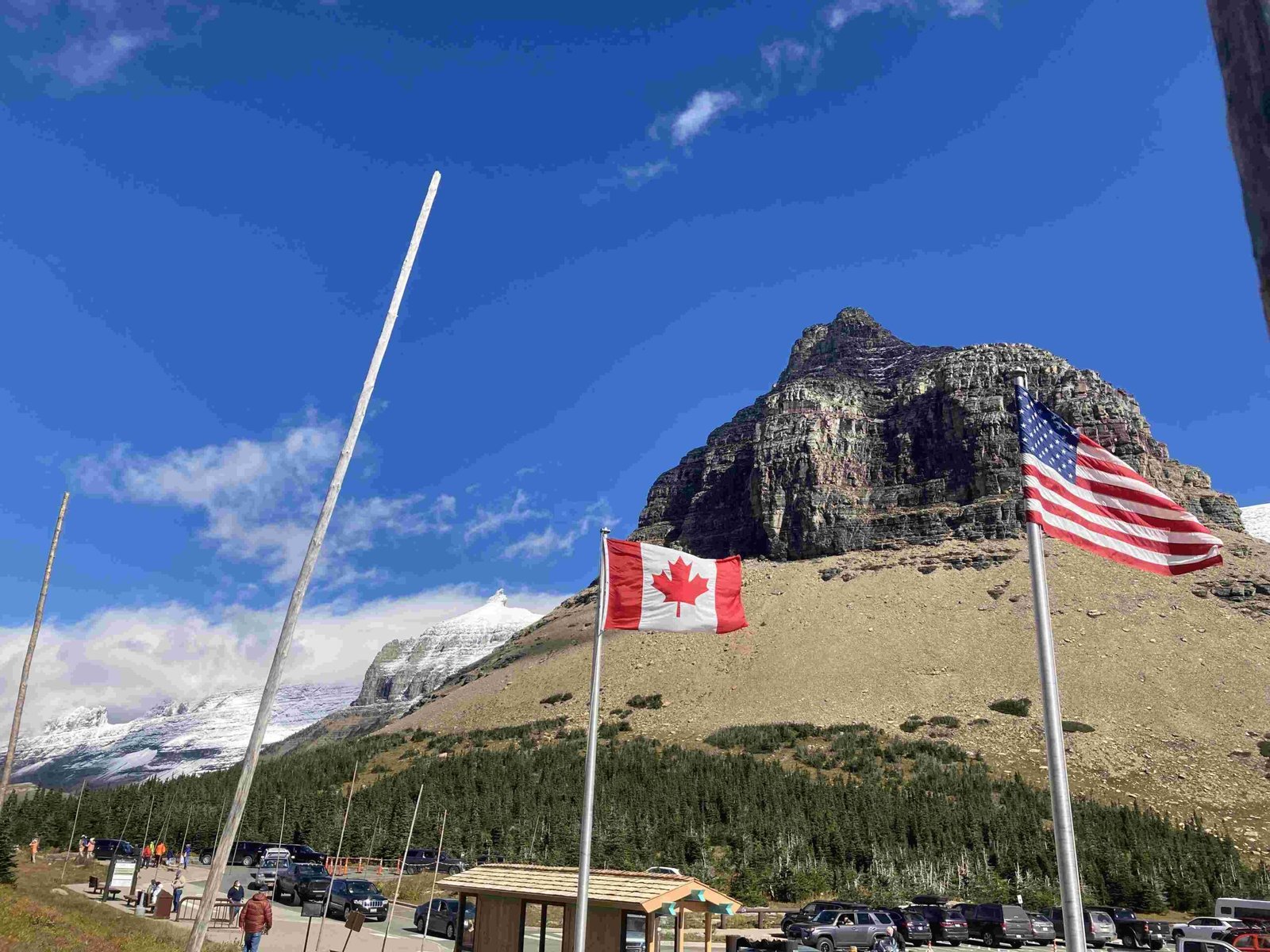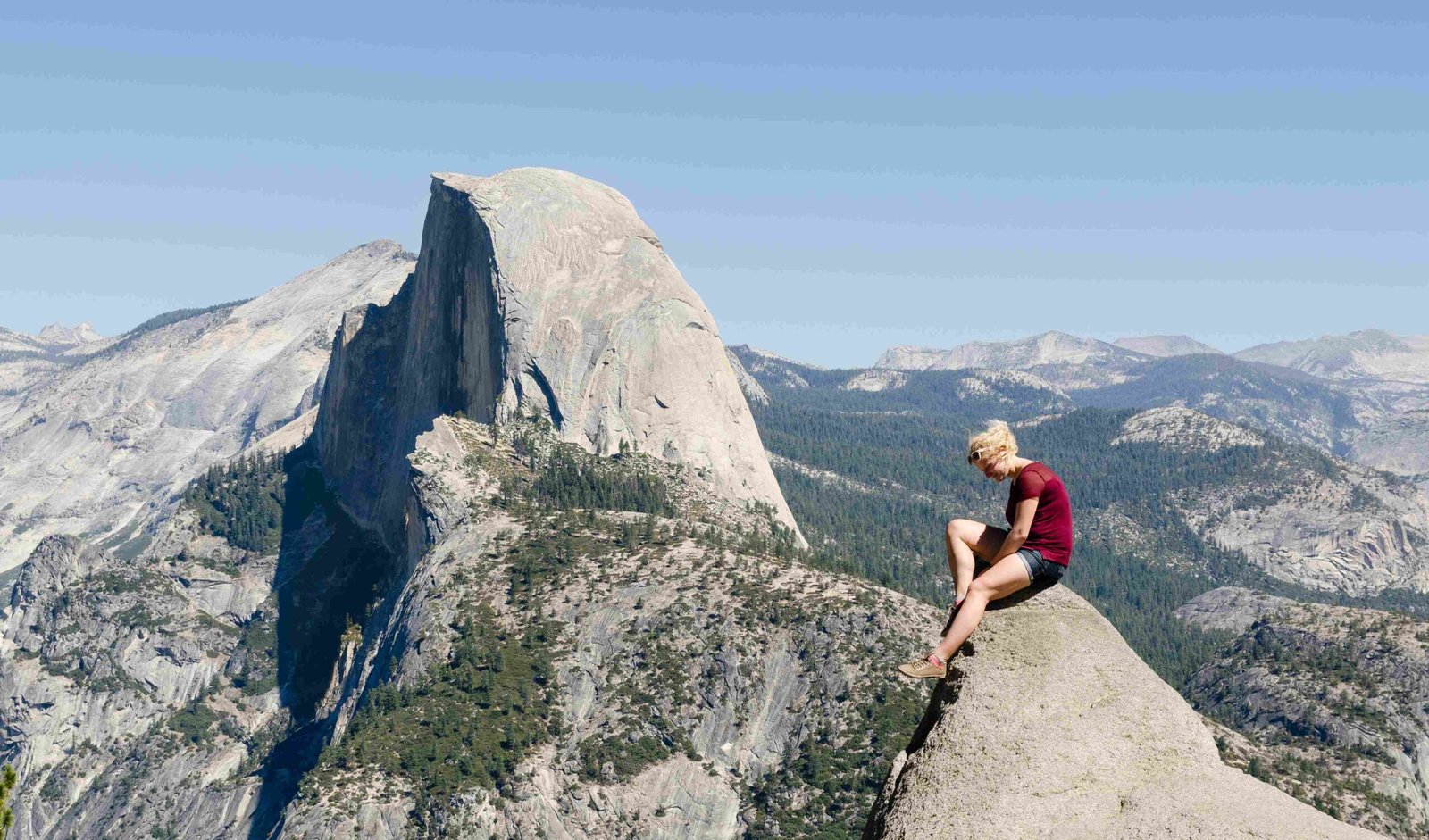The Glacier National Park man pushed off cliff incident occurred on July 7, 2013, when Jordan Linn Graham, a 22-year-old newlywed, pushed her husband Cody Johnson off a cliff during an argument. The couple had been married for only eight days, and the incident took place at The Loop area in Glacier National Park. Graham initially attempted to cover up her actions but later confessed to the crime, leading to her conviction and sentencing.
What Happened on July 7, 2013, at Glacier National Park?

On July 7, 2013, a shocking incident unfolded at Glacier National Park that would capture national attention. Jordan Linn Graham, just 22 years old and married for only eight days, pushed her husband Cody Johnson off a cliff during an argument. The couple had been experiencing marital issues, with Graham having second thoughts about their recent union.
The fatal confrontation took place at The Loop, a popular area in Glacier National Park known for its scenic views and connection to the Granite Park Chalet. As the couple argued on a narrow ledge, Johnson grabbed Graham’s arm. In response, Graham pushed him away, using one hand on his arm and another on his back. This action sent Johnson plummeting nearly 200 feet down the ravine.
The fall resulted in catastrophic injuries for Johnson, including:
- A crushed right eye socket
- A seven-inch skull fracture
- Multiple broken ribs
These injuries proved fatal, and Johnson died at the scene.
How Did Graham Attempt to Cover Up the Incident?

Following the tragic event, Graham’s actions took a disturbing turn as she attempted to conceal her involvement in her husband’s death. Her cover-up efforts included:
- Driving back to her home in Kalispell without reporting the incident
- Initially telling investigators that Johnson had left with unknown friends
- Fabricating an email from a fictional person named “Tony”
- Claiming in the fake email that Johnson had fallen off a cliff while hiking with friends
These deceptive actions were ultimately uncovered during the investigation, leading to Graham’s arrest and subsequent legal proceedings.
What Were the Legal Consequences for Jordan Linn Graham?
The legal aftermath of the Glacier National Park man pushed off cliff incident was significant:
- Graham was arrested and charged with first-degree murder and making false statements to authorities.
- She initially pleaded not guilty but later changed her plea to guilty of second-degree murder as part of a plea deal.
- In March 2014, Graham was sentenced to 30 years in prison for her role in Johnson’s death.
The case garnered national attention due to its shocking nature and the beautiful but treacherous setting of Glacier National Park.
How Common Are Cliff Accidents in Glacier National Park?
While the incident involving Jordan Graham and Cody Johnson was a deliberate act, accidental cliff falls in Glacier National Park are a concern for park officials and visitors alike. However, it’s important to note that such incidents are relatively rare when compared to the high number of annual visitors.
Factors contributing to cliff accidents in the park include:
- Hiker inexperience
- Inclement weather
- Natural hazards like rockslides
- Failure to adhere to safety guidelines
Park officials do not release comprehensive statistics on cliff accidents, but they continually work to improve safety measures and educate visitors about potential risks.
What Safety Measures Are in Place at Glacier National Park?
In response to incidents like the Glacier National Park man pushed off cliff and other potential hazards, the park has implemented various safety measures:
- Trail Markings and Signage: Clear markings and warning signs are placed along trails and near hazardous areas.
- Safety Barriers: Physical barriers are installed in high-risk locations to prevent accidental falls.
- Ranger Presence: Park rangers patrol the area, providing assistance and enforcing safety regulations.
- Emergency Response System: A well-organized system including search and rescue teams and medical services is in place.
- Visitor Education: The park provides educational materials and ranger programs to inform visitors about terrain dangers and safe navigation.
How Can Visitors Stay Safe When Exploring Cliff Areas in Glacier National Park?
To ensure a safe experience when visiting Glacier National Park, especially in areas with steep cliffs, visitors should follow these guidelines:
- Stay on designated trails at all times
- Adhere to all posted safety signs and respect barriers
- Be aware of current weather conditions and forecasts
- Wear appropriate footwear and clothing for hiking
- Carry necessary safety gear and supplies, including water and first-aid kits
- Inform someone of your itinerary and expected return time
- Keep a safe distance from cliff edges, even in areas without barriers
- Be cautious of loose rocks or unstable terrain
- Never attempt to climb or descend cliffs without proper equipment and training
- Use trekking poles for added stability on uneven terrain
What Changes Have Been Made to Park Policies Since the 2013 Incident?
While specific policy changes directly related to the Glacier National Park man pushed off cliff incident are not detailed in available sources, the park continually reviews and updates its safety protocols. Some general improvements that may have been influenced by this and other incidents include:
- Enhanced visitor education programs
- Increased ranger presence in high-risk areas
- Improved emergency response procedures
- Regular safety audits of popular trails and viewpoints
How Does Glacier National Park Balance Accessibility with Safety Concerns?
Balancing accessibility and safety is an ongoing challenge for Glacier National Park officials. Here’s how they approach this issue:
- Trail Management:
- Maintaining a network of well-marked trails
- Implementing trail restrictions when necessary
-
Regular trail assessments and maintenance
-
Visitor Information:
- Providing detailed trail information at visitor centers
- Offering online resources for trip planning
-
Issuing real-time updates on trail conditions and closures
-
Controlled Access:
- Limiting access to certain areas during high-risk periods
- Implementing permit systems for backcountry areas
-
Seasonal closures of particularly dangerous trails
-
Adaptive Management:
- Regularly reviewing and updating safety protocols
- Incorporating new technologies for improved communication and monitoring
- Responding to changing environmental conditions and visitor use patterns
By implementing these strategies, Glacier National Park strives to provide a safe yet accessible experience for all visitors, even in the wake of tragic incidents like the Glacier National Park man pushed off cliff case.